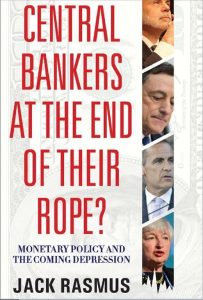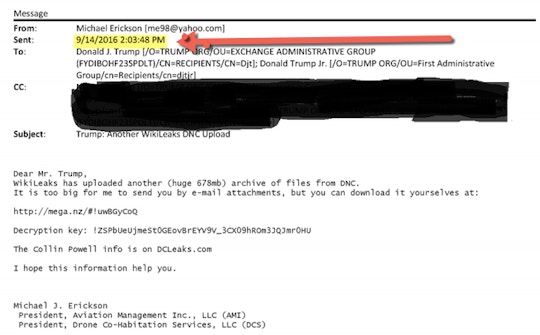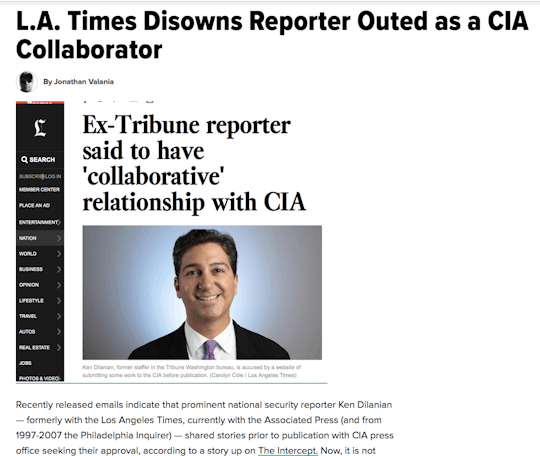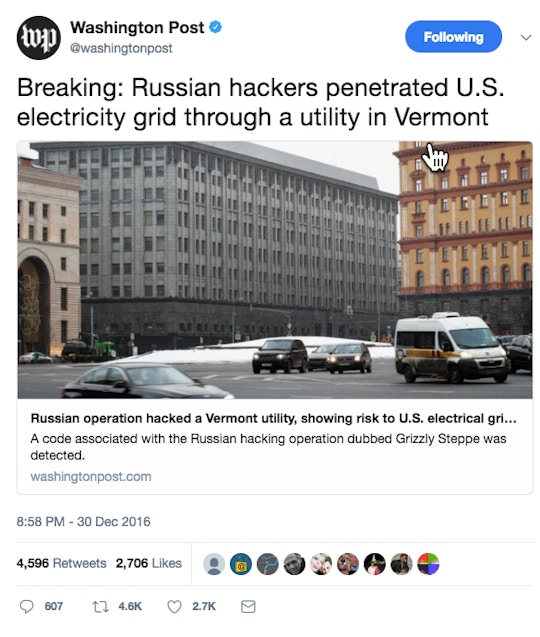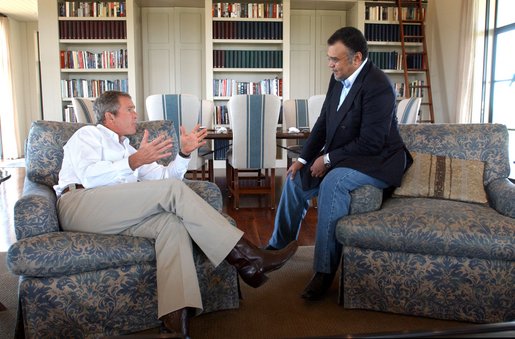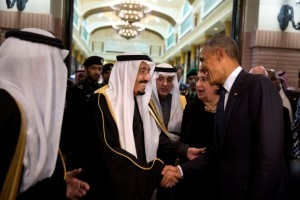“Sovereign Debt” Is a Determining Factor in History
December 12th, 2017 by Eric Toussaint
Sovereign debt has been a crucial factor in a series of major historical events. From the early 19th century, in Latin American countries such as Colombia, Mexico and Argentina, struggling for independence,as well as Greece when seeking funds for its war of independence, these nascent countries borrowed from London bankers under leonine conditions which finally subjugated them into a new cycle of subordination.
Other states lost their sovereignty quite officially. Tunisia enjoyed some amount of autonomy in the Ottoman Empire, but was indebted to Parisian bankers. France used the ruse of debt to justify its tutelage over Tunisia and its colonization. Ten years later, in 1882, Egypt similarly lost its independence. In the pursuit of recovering debts owed to the English banks, Great Britain launched a military occupation of the country and then colonized it.
Debt “assures” the domination of one country over another
The Great Powers were quick to realise that the interest from a country’s external debt would be massive enough to justify a military intervention and a tutelage, at a time when it was considered acceptable to wage wars for debt recovery.
The 19th century Greek debt crisis resembles the current crisis
The problems flaring up in London in December 1825, ensued from the first major international banking crisis. When banks feel threatened, they no longer want to lend, as could be seen after the Lehman Brothers crisis in 2008. Emerging states, such as Greece, had borrowed under such obnoxious conditions, and the sum in hand was so little compared to the actual loan, that fresh borrowing became necessary to repay their existing debt. When the banks stopped lending, Greece was no longer able to refinance its debt and so suspended repayments in 1827.
This is where the “debt system” is similar to the present scenario: the French and British monarchies, and the Russian Tsar – the “Troika” of the time – approved of a loan to Greece and its emergence as an independent state in order to destabilize the Ottoman Empire. In exchange, in 1832, they signed a “Treaty on the sovereignty of Greece”, which I bring to light in my book. It established a monarchy, while the independentists wished for a Republic. Otto I, the chosen regent, was a 15 years-old Bavarian prince, who had no knowledge of Greece or its language. The document stipulated that the monarchy’s budget should have a provision giving priority to the repayment of the debts to the three powers. The repayment would be routed through the Rothschild Bank of Paris through which the London bankers would be paid. Greece must also reimburse the Troika’s expenses for installing this monarchy and for recruiting 3,500 Bavarian mercenaries to wage a war of “independence”.
I have also shown that in the early 19th century, only 20% of Greece’s loans actually arrived in Greece. The rest was diverted to paying Rothschild’s commissions, the fees of the mercenaries, their travel expenses to Greece and other expenses incurred in creating the monarchy.
Since then, Greece has been living in a situation of permanent subordination, which has been even more manifest since 2010. Once again, public authorities joined hands to raise funds to pay private creditors: this time, the French, German, Belgian and Dutch banks.
History also points to a complicity between the ruling classes of the indebted countries and the creditor states
To understand the history of the debt system, the role of the local ruling class has to be kept in mind. It always urges the authorities to borrow internally and externally, these funds permit the bourgeoisie to avoid being heavily taxed. This class also lives on the income from the government bonds issued by its own country.
When Benito Juárez, the Mexican Liberal Democrat, partly repudiated the debts previously contracted by the conservatives, some of the bourgeoisie requested French naturalization hoping that France would use the pretext of reimbursing its nationals to try to overthrow the regime with a military intervention.
The same holds true today. At the end of 2001, when Argentina suspended debt repayment, the country’s bourgeoisie was offended, because the Argentine capitalists held a large part of the debt that had been issued on Wall Street.
The concept of “odious” debt that was developed in the 1920s was produced neither by the left nor by “alterglobalists”
During the 19th century, there was a series of debt repudiations, especially in the United States. In 1830, social upheavals led to the overthrow of corrupt governments in four of the states. These states also repudiated their debt to crooked bankers. Infrastructure projects planned with this debt had never materialised due to corruption.
In 1865, when the “North” won against the “South”, it was decreed that the latter should abrogate their debts to banks for financing the war (this is the 14th Amendment to the Constitution of the United States). A debt was considered “odious” because it was contracted to defend slavery.

First photo of American and British Debt Commission in session (NYPL Digital Collection)
At the end of the 19th century, the United States also refused to allow Cuba, which had gained independence with the help of US military intervention, to repay Spain’s debt incurred in Paris on behalf of its colony. The United States considered it “odious” because it financed the domination of Cuba and the wars that Spain waged elsewhere.
In 1919, Costa Rica repudiated a debt contracted, for his family, by the former dictator Tinoco. The arbitrator who intervened and ratified the repudiation happened to be a former US president. The reason: the loan was intended for personal purposes.
Alexander Sack, a Russian legal theorist, who was exiled in Paris after the Bolshevik revolution, formulated a legal doctrine based on all these jurisprudence cases. He stated that the debts contracted by a previous regime are binding on the nation, but there is an exception: if the debt was contracted against the interests of the people and the creditors were aware or could have been aware of it, the debt can be decreed odious and be cancelled.
Sack was a conservative professor, seeking to defend creditors’ interests, and preach them caution about to whom they are lending and the purpose. His statement shows that it is possible for nations to repudiate a debt, should it be odious.
The Greek debt is “odious”
Since 2010, the Troika has been asking Greece to repay loans that have clearly been granted against the interest of the Greek people. Their fundamental rights have been throttled and their living conditions have deteriorated under such impositions. There is evidence that the money lent returned immediately to the foreign or Greek banks responsible for the crisis. It can also be proved that the Troika governments were perfectly aware and responsible for this because it was they who dictated the contents of the memorandum.
This conclusion is also valid for France
A bevy of audits, submitted in April 2014, identified 59% of the French debt as illegitimate. It did not serve the interests of the French people. It benefited a minority that enjoyed tax cuts, and banks charging high interest rates.
After a repudiation, will the States be able to find banks willing to lend again?
There is certainly an apprehension regarding creditors, but the widespread idea that a state is less likely to get fresh loans once it repudiates a debt is quite false. For example, Mexico repudiated its debt in 1861, 1867, 1883, and 1913, but found new lenders each time. This is because some bankers do not hesitate to lend when they see that a country has regained good financial health after suspending its debt service or repudiating its debt.
After repudiating its debt in 1837, Portugal went on to contract 14 successive loans with French bankers. In February 1918, the Soviets repudiated the debts contracted by the Tsar. A blockade was enforced, but it was lifted after 1922, when the British decided to lend to the Russians, so that they could buy British equipment. Germany, Norway, Sweden and Belgium followed suit. Even France renounced the blockade, even though 1.6 million French had bought Russian securities, through Crédit Lyonnais, that were repudiated after the revolution. It was the major French metallurgical producers that pressed for French loans to the Soviets, because they could sense orders at their doorsteps.
Another example: in 2003, ten days after invading Iraq, the US Treasury Secretary called upon his G7 colleagues to cancel Saddam Hussein’s debts, arguing that they were odious. The United States, however, had lent a great deal to Iraq in the late 1970s and in the 1980s to wage war against Iran. In October 2004, 80% of Iraq’s debt was cancelled.
Debt is also a stranglehold that prevents any alternative
Illegitimate debt needs to be cancelled before resources can be freed and a policy for ecological transition can be implemented, but this step alone is insufficient! Repudiating debts without implementing other policies concerning banks, money, taxation, the focal points of investments and democracy… would entail a rerun of the debt cycle. Repudiation must be part of an overall plan.
Translated by Suchandra de Sarkar in collaboration with Christine Pagnoulle and Mike Krolikovsky
Eric Toussaint is a historian and political scientist who completed his Ph.D. at the universities of Paris VIII and Liège, is the spokesperson of the CADTM International, and sits on the Scientific Council of ATTAC France. He is the author of Bankocracy (2015); The Life and Crimes of an Exemplary Man(2014); Glance in the Rear View Mirror. Neoliberal Ideology From its Origins to the Present, Haymarket books, Chicago, 2012 (see here), etc.
This article was originally published by CADTM.



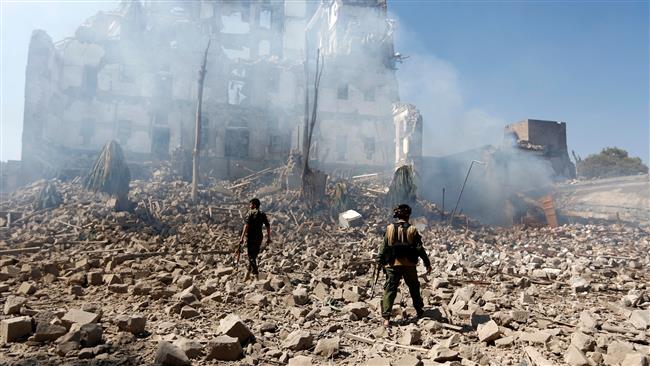
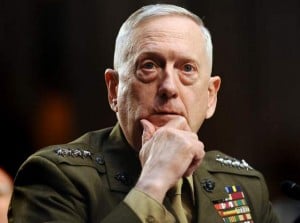
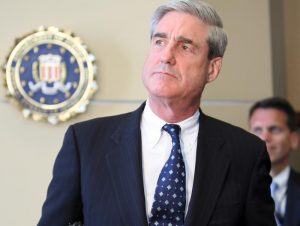
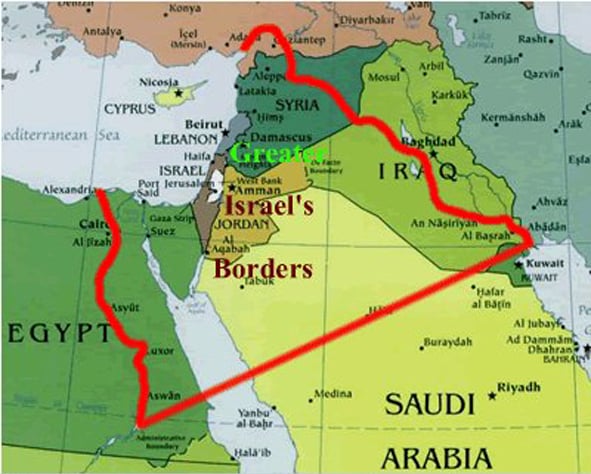
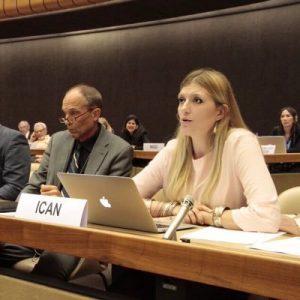



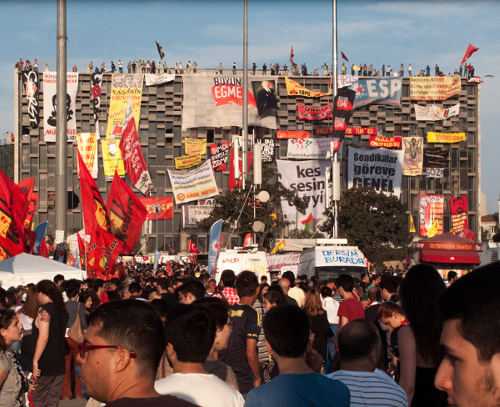




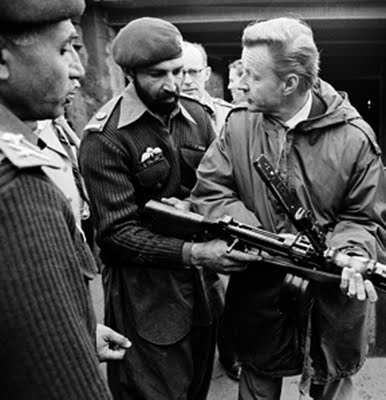

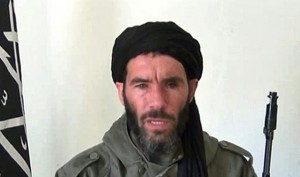

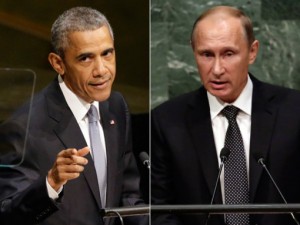
 Robert Parry is a long-time investigative journalist, and the editor of
Robert Parry is a long-time investigative journalist, and the editor of  Abby Martin is the host of
Abby Martin is the host of 